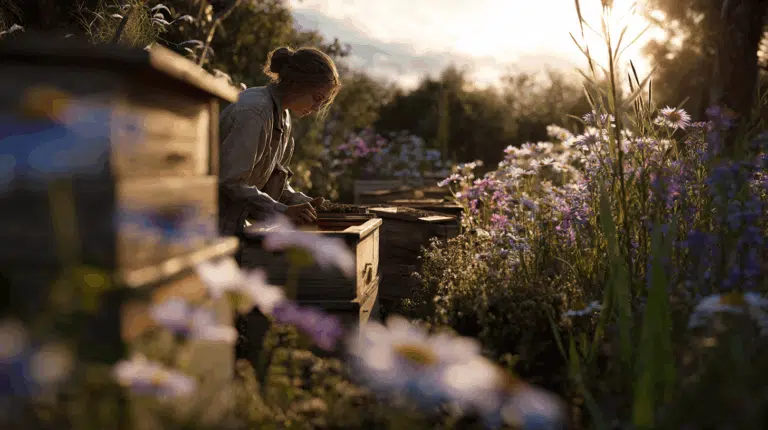Legumes, rich in protein and fiber. They are versatile in the kitchen, suitable for boiling, steaming, or raw, and enhance salads, soups, and hot dishes.

Peas and beans both belong to the legume family. Generally, peas are the "green" variety eaten fresh (such as garden peas and snow peas), while beans (such as runner beans and French beans) are also consumed as young pods or dried.
It's best to sow pea seeds in early spring, once the soil is workable and the danger of severe frost has passed. Some winter-hardy snow peas can even be sown in the fall.
Wait to sow beans until mid-May, when there is no longer any risk of night frost and the soil temperature is at least 12°C.
Sow both pea and bean seeds approximately 2 to 5 cm deep, depending on the seed size.
It's best to sow peas and beans directly in the ground. They have a taproot that doesn't tolerate transplanting well.
When sowing, maintain a distance of about 5 to 10 cm between seeds. For pole beans, plant a few seeds per pole.
In general, peas and beans do not need much additional fertilizer, because they fix nitrogen from the air and release it into the soil.
Powdery mildew is a common fungal disease in peas and beans. Other fungal diseases, such as Sclerotinia, can also occur.
Powdery mildew is recognizable by a white, powdery coating on the leaves. Ensure adequate air circulation to prevent this.